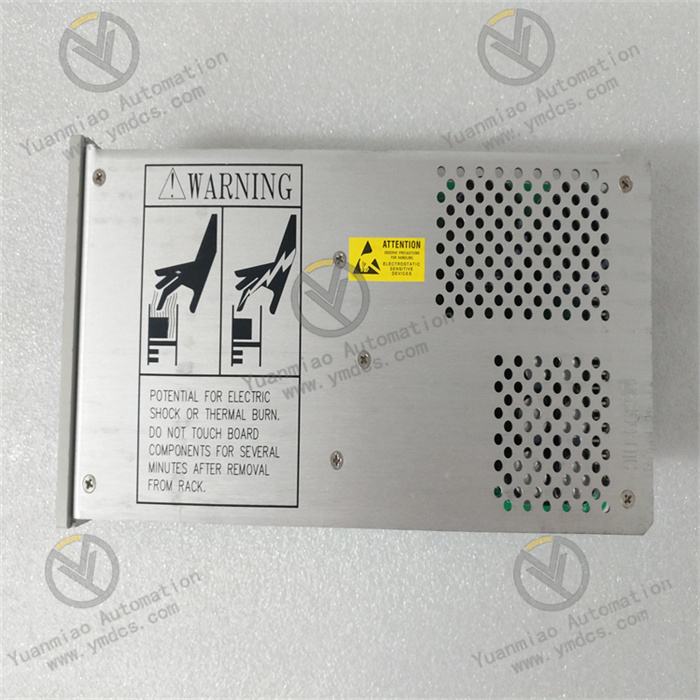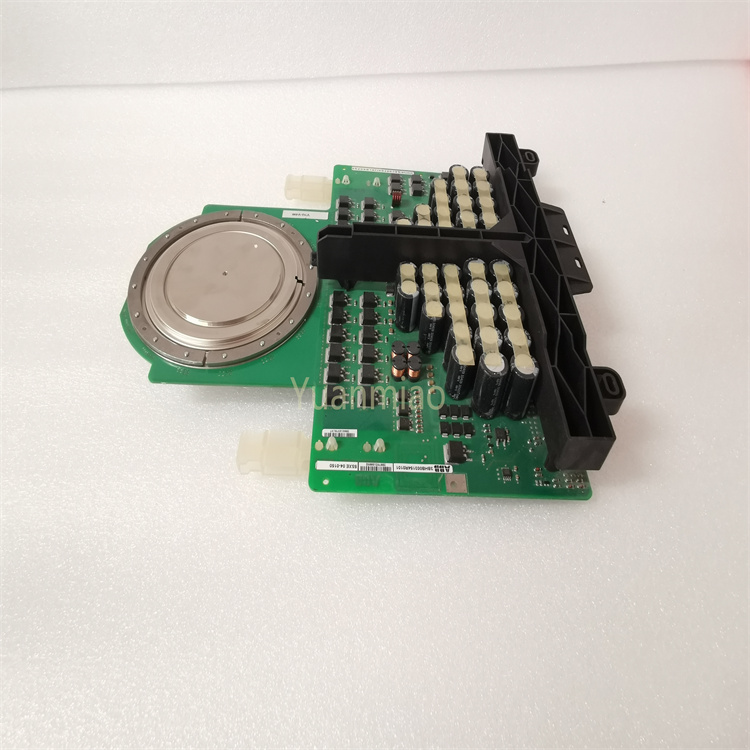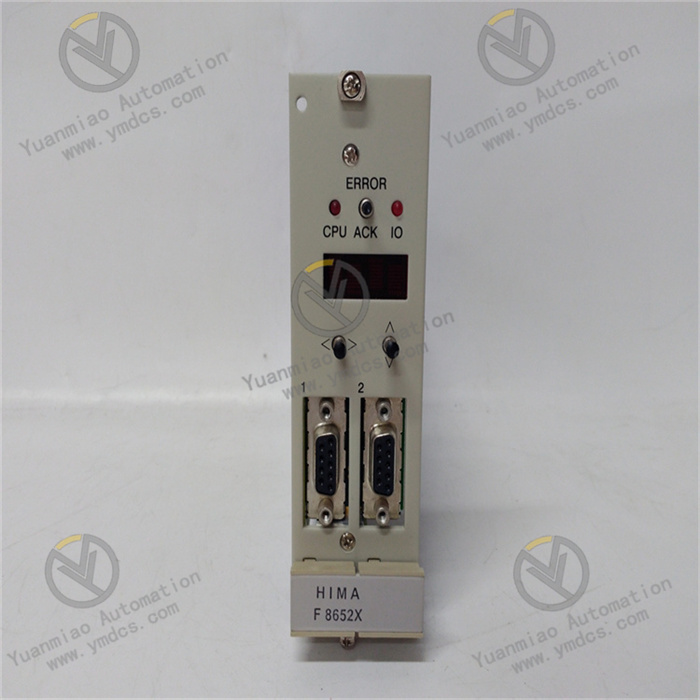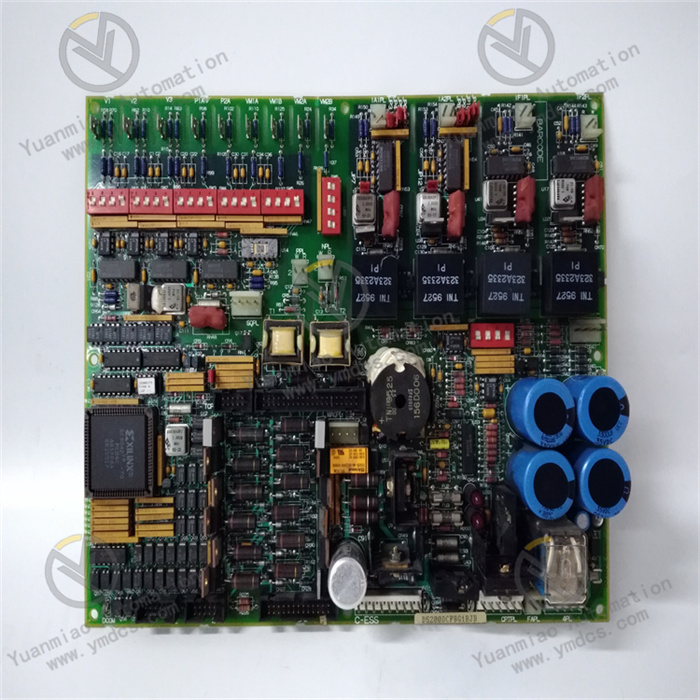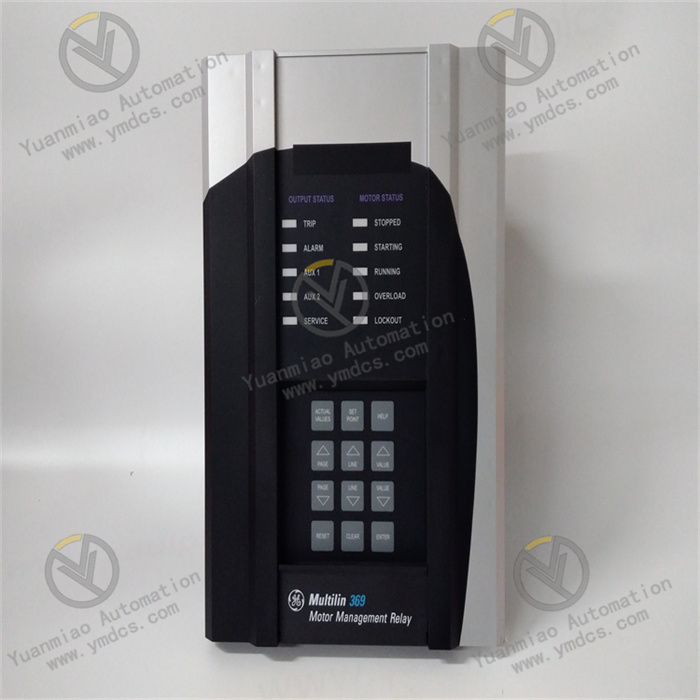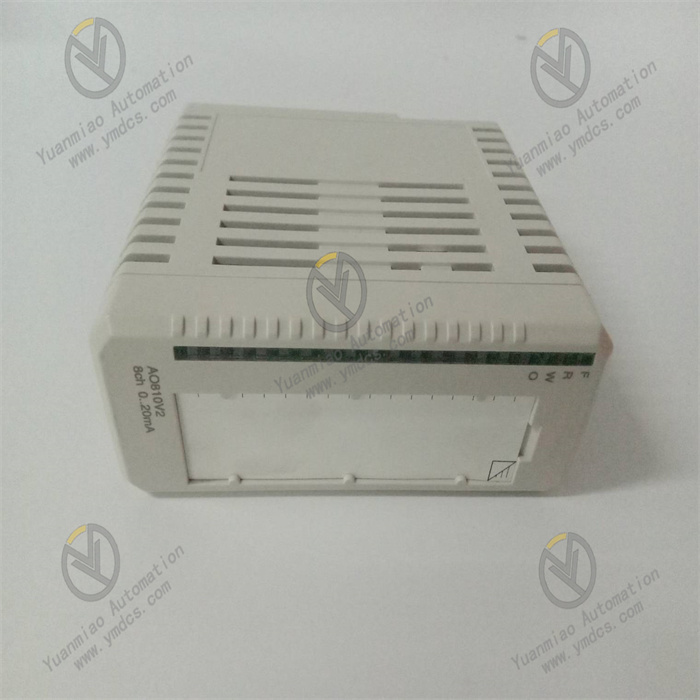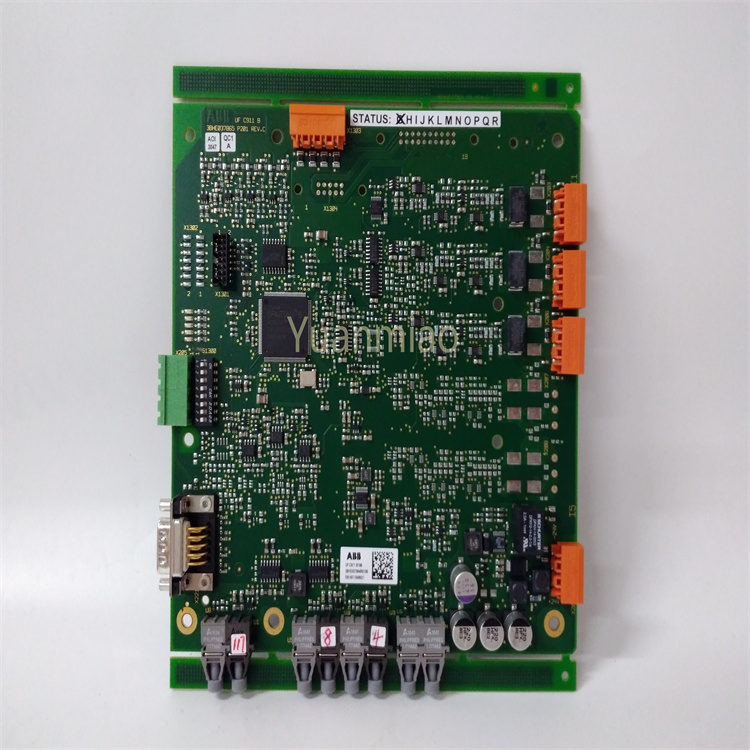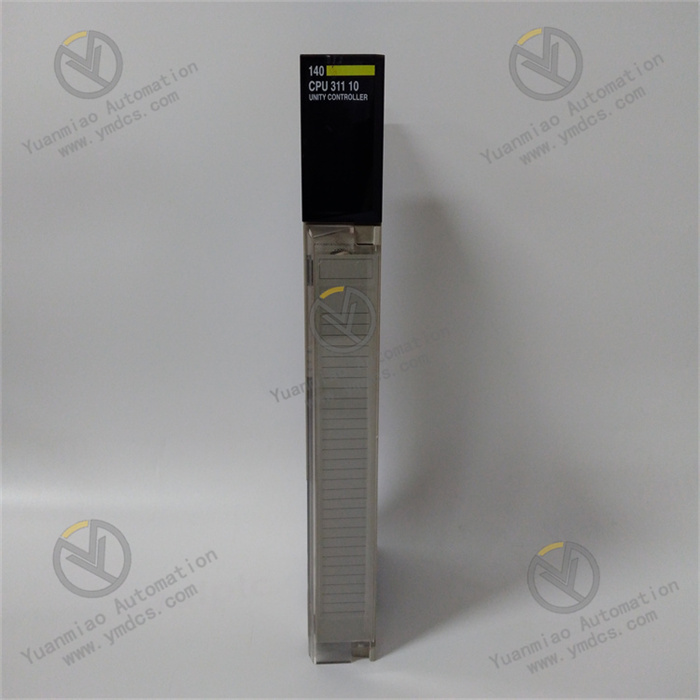Description
ABB PM867K01 3BSE076355R1 Processor Unit HI Clock
I. Basic Parameters
| Item | Description |
|---|---|
| Model | PM867K01, Order Number: 3BSE076355R1 |
| Type | Industrial Controller (typically used in PLC or DCS systems, belonging to ABB AC 800M series) |
| Application Scenarios | High-reliability industrial automation control, such as process control, machine automation, energy management, complex system integration, etc. |
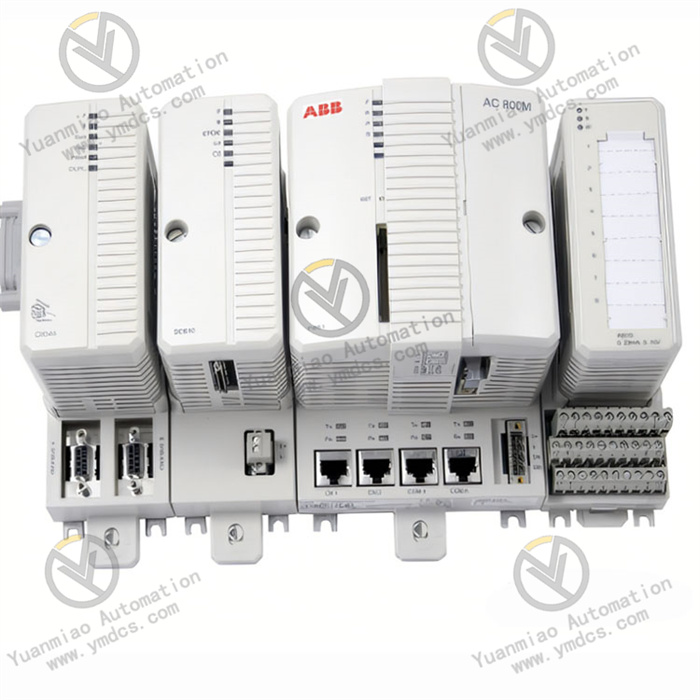
II. Core Technical Parameters
1. Processor and Performance
- Processor: Likely based on PowerPC architecture (e.g., MPC85xx series, subject to official manual), with significantly improved performance compared to previous generations (e.g., PM865).
- Computational Capability: Supports faster logical processing speeds (e.g., Boolean operation speed up to microsecond level), suitable for real-time control scenarios.
- Multi-core Support: May have multi-core processing capability to support parallel multitasking (confirmation required via official documentation).
2. Memory Configuration
- System Memory: Typically includes RAM (for program execution) and Flash/ROM (for firmware storage), with possible capacities:
- RAM: 128MB to 1GB (model-specific, higher than PM865’s 32MB).
- Flash: 64MB to 256MB (for storing user programs and configuration data).
- Memory Expansion: May support SD cards or other storage media (to be confirmed).
3. Communication Interfaces
- Ethernet:
- Standard configuration with 2 or more Ethernet ports, supporting 10/100/1000Mbps auto-negotiation, with RJ45 or industrial-grade terminal interfaces.
- Supported protocols: PROFINET, EtherNet/IP, Modbus TCP, ABB’s proprietary protocols (e.g., S800 I/O communication), etc.
- Serial Interfaces:
- May include RS-232/RS-485 ports, supporting Modbus RTU, ASCII, and other protocols.
- Optically isolated design (for some ports) to enhance anti-interference capability.
- Fieldbus: Supports ABB CEX bus, PROFIBUS, etc. (requires matching expansion modules).
- Wireless Communication: Optional Wi-Fi or Bluetooth modules (for some models).
4. Power Characteristics
- Input Voltage: Selectable DC or AC, with common ranges:
- DC: 24V (±20%, 19.2–30V DC).
- AC: 100–240V AC (50/60Hz).
- Power Consumption: Typical 10–20W, supporting redundant power input (requires redundant power modules).
- Backup Battery: Built-in lithium battery (e.g., 3.6V) for preserving real-time clock and non-volatile data.
5. Physical Characteristics
- Dimensions: Approximately 100mm (W) × 200mm (H) × 150mm (D) (standard DIN rail mounting size, subject to physical product).
- Weight: Approximately 1–2kg (including housing and modules).
- Mounting Method: Standard DIN rail mounting, supporting vertical or horizontal installation.
6. Environmental Adaptability
- Operating Temperature: -40°C to +70°C (wide-temperature design for harsh industrial environments).
- Storage Temperature: -40°C to +85°C.
- Humidity: 5%–95% non-condensing.
- Protection Level: IP20 (panel mounting) or IP65 (requires protective housing).
- Anti-Interference Standards: Compliant with EMC standards such as EN 61000-6-2 (immunity) and EN 61000-6-4 (emission).

III. Redundancy and Reliability Design
- CPU Redundancy: Supports primary-backup redundancy (Hot Standby) with switchover time ≤10ms to ensure uninterrupted system operation.
- Communication Redundancy: Supports Ethernet ring networks and bus redundancy (e.g., CEX bus dual-ring network).
- Power Redundancy: Supports dual-power input (requires redundant power modules).
- Diagnostic Functions: Built-in self-diagnostic programs, supporting fault indicator lights (LED) and remote alarms (e.g., fault reporting via network).
IV. Software and Programming
- Operating System: Real-time operating system (RTOS), such as ABB’s Control Builder integrated environment.
- Programming Tools: Supports ABB Control Builder M and IEC 61131-3 standard programming languages (Ladder Diagram, Structured Text, etc.).
- Firmware Upgrade: Supports remote upgrade via Ethernet (data backup required).
- Data Interfaces: Supports industrial IoT protocols such as OPC UA and MQTT for easy integration with host computers or cloud platforms.
V. Application Areas
- Process Industry: Complex process control in chemical, petroleum, pharmaceutical, food and beverage industries.
- Energy and Power: Smart grid, power plant automation, and control systems for renewable energy (wind, solar).
- Manufacturing: Automated production lines, robot control, and CNC machine integration.
- Infrastructure: Water treatment, wastewater treatment, and rail transit signal control.


